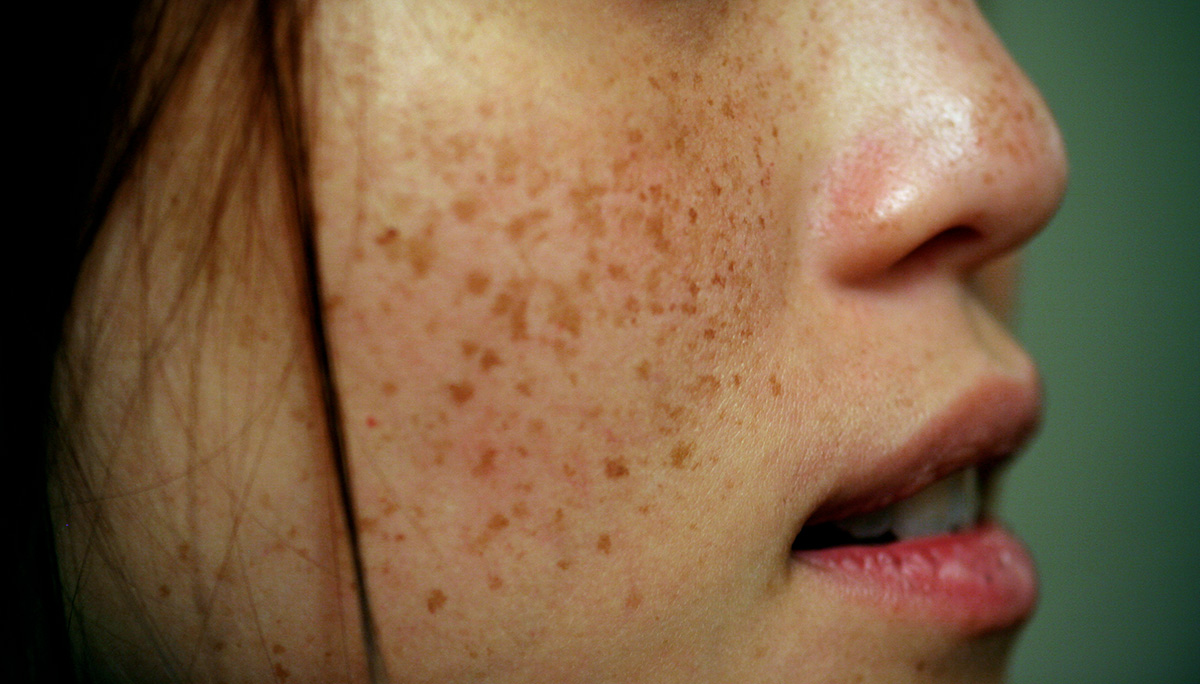For many people, summer is considered their favorite time of year. After all, what’s not to love about long days and warm temperatures? However, with the likelihood of extra exposure to the sun comes a need for proper skin protection. While prolonged sun exposure is typically blamed for more serious conditions such as sunburns and skin cancer, it can also contribute to another condition — freckles. Freckles are often mistaken for birthmarks or moles, but in reality, these small marks usually result from too much fun in the sun.
Freckles, which appear as faint brown spots on the skin, are simply areas of excess melanin production. Melanin is a chemical that helps protect the skin from sun damage. The darker a person’s skin complexion, the more melanin their skin cells make. As a result, individuals with fair skin and hair colors tend to exhibit freckles after even a minimal amount of sun exposure due to lack of evenly-distributed melanin. Thus, freckles appear in place of a tan, usually on the face and/or arms. Freckles can also be attributed to genetics, but sun exposure typically makes them much more noticeable.
Image Source: Uwe Krejci
While freckles are completely normal and pose no health risks, some people may wish to mask or remove their freckles for aesthetic purposes. To avoid darkening of freckles, minimize sun exposure and always use sunscreen, ideally of sun protection factor (SPF) 50. Beyond this level, most experts agree that any additional sun protection is minimal. Makeup serves as a temporary freckle cover-up, but more permanent solutions such as laser removal and topical fading creams are also available. In addition, note that freckles may fade naturally during the winter or with age.
Freckle-faced or not, always remember to wear sunscreen and take other precautionary measures against the blistering summer sun. Your skin will thank you later.
Featured Image Source: Freckles by Frédéric Poirot










